What is an adjustable LED downlight
Adjustable LED downlights answer the need for flexibility in directional control of the beam spread while permitting unobtrusive visual integration in a ceiling. Ceiling areas in commercial, hospitality and residential buildings are increasingly being seen as usable surfaces that can be employed to install functional luminaires and building services. Recessed LED downlights, as opposed to flush light fixtures that substantially extend below the ceiling surface, are designed to eliminate the projection of the light fixture below the ceiling surface and provide a clean, seamless architectural appearance. In a wide range of contexts, however, a static lighting solution might not be what is best because of the ever-changing environment or the constraint on fixture orientation.
Precise illumination
Combining the aiming flexibility of track lighting with the visually blending look of recessed lighting, adjustable LED downlights are created to appeal to interior designers and architects who aspire for a flexible, effective, future-proof lighting system. Recessed lighting systems with rotation and/or tilt adjustability can provide general, task and accent lighting in a very subtle manner. The most common use of adjustable recessed lighting is for accenting applications, which can range from showroom, retail store, restaurant, hotel, office, retail, museum and gallery lighting to residential space lighting. Accent lighting creates points of focus, composes visual interests and reinforces design aesthetics by directing concentrated beams of light on specific objects such as art, products or architectural details. Aimable downlights can also provide wall-wash lighting by delivering a broad spread of light to bathe a define area of a wall in uniform light. In residential spaces with slope or cathedral ceilings, the tilt adjustability allows the luminaire to be aimed straight down for effective ambient/task lighting rather than following the slope of the ceiling.
Building blocks and adjustment mechanisms
As with fixed lighting systems, an adjustable recessed LED downlight generally consists of a housing, a trim, a light module, and a driver. The adjustable luminaires are provided with additional mechanisms that lend tilt and rotation adjustability to these systems. Adjustable LED luminaires that are designed as retrofit systems for traditional incandescent filament, compact fluorescent or metal halide fixtures provide directional aiming of light using an eyeball, gimbal, or retractable trim which holds the LED lamp in place or comes as an integrated light head. An eyeball trim can be tilted by up to 30°and provides 360 degrees of rotation. A gimbal trim can rotate by up to 180° and tilt by up to 35°. A retractable trim, which is also called an “elbow” or “scoop” trim, can be retracted out of the luminaire and extend below the ceiling to 90°. Aside from adjustable trims, recessed luminaires with a slot aperture which conceal the light source with a flat trim allows for 180 degrees of rotation and 35 degrees of tilt.
Adjustable recessed LED downlights of the latest generation are blessed with a more sophisticated design that enables precise optical alignment and often offers a platform for interchangeable use of fixed, adjustable and wall washing mechanisms as well as optics of different beam patterns. The light module is mounted on a collar that is designed with a smooth track allowing for complete, lockable 360º rotation. A gear-driven tilt mechanism provides hot-aiming vertical adjustment by up to 40°. The adjustables provide excellent glare control by concealing the light source. The light module is often height-adjustable, which enables a balanced combination of optimum visual comfort and maximum luminaire efficiency. Horizontal rotation and vertical tilt can be accomplished from below the ceiling, thus simplifying every aspect of installation and maintenance.
Light module
The light module of a recessed LED downlight is most often an integrated LED module as opposed to lamp-based light engines that incorporate LED lamps such as MR16, PAR30 and PAR38 bulbs. The integrated design facilitates thermal management which is critical to the performance and useful life of the LEDs. The LEDs of an integrated module are mounted on a metal core printed circuit board (MCPCB) or a ceramic substrate which is attached to the heat sink usually via a thermal interface material (TIM). A larger heat sink surface area maximizes the heat flow from the PCB to the heat sink, resulting in a thermal impedance that is much lower than that of an LED lamp. Alongside improved thermal management, the use of an integrated LED module enables high efficiency optical control and allows for maximum application versatility when it comes to lumen packages, light distributions, and trim options.
Color quality
Recessed LED downlights make use of various types of LED packages depending on the application. Typically, the mid-power SMD LED packages are more frequently used in ambient lighting systems whereas COB and high power LEDs are the common choice of light source for directional lighting applications. Adjustable recessed lighting is often challenged to deliver excellent color and beam performance for accent lighting applications, which makes enormous demands on the color quality of the light source and control of the emitted light.
Color rendering is an important factor to take into account when the luminaires are used to accentuate merchandise, appreciate artwork, or create light flattering to skin tones. In order for a light source to faithfully reproduce the colors of an object, it must deliver a sufficient amount of radiant energy at each wavelength of the visible radiation spectrum. Most of the accent lights use light sources that have a general color rendering index (CRI Ra) in the 90s and a high special color rendering index, Ri, for each color sample from R9 through R14.
Commonly offered in correlated color temperatures (CCTs) of 2700K, 3000K, 3500K, 4000K, and 5000K, the LEDs are sorted (binned) based on chromaticity to keep color variations under tight control.
LED driving and dimming
The light engine of a recessed LED downlight is operated by a constant current driver which is typically designed as a switch mode power supply (SMPS). The AC-to-DC LED driver has built-in active power factor correction (PFC) that maintains high power factor and a low total harmonic distortion (THD). A full set of advanced protection features such as over-voltage, under voltage, short-circuit and surge protection ensures the highest reliability of the LEDs as well as the driver over the luminaire’s operating life.
A high performing LED driver must provide regulated current and voltage to the LEDs with no unwanted residual periodic variation of the direct current output (ripple). Large ripples in the drive current resulted from poor current regulation or poor driver interaction with a dimming control can cause the LEDs to flicker. Thus, when dimming is a part of the lighting control strategy it always pays to confirm the driver’s compatibility with various dimming systems, whether it runs on the 0-10V, DALI, DMX512, Triac (forward-phase or leading-edge), or ELV (reverse-phase or trailing edge) protocol.
The optical system
The optical system incorporated recessed LED downlights can comprise a reflector, a refractor, a lens, a diffuser, or a permutation of these components. The wide choice of optics allows recessed lighting to create light distributions in variations from very narrow beam accentuation through to wide beam floodlighting and even wallwashing. Control of light distribution from adjustable directional luminaires is often achieved with reflectors or total internal reflection (TIR) lenses. TIR lenses are used to produce rotationally symmetric beams with FWHM angular widths between 12 and 60 degrees. They enable to produce concentrated illumination with high center beam candle power (CBCP), minimal no spill light and maximal optical efficiency.

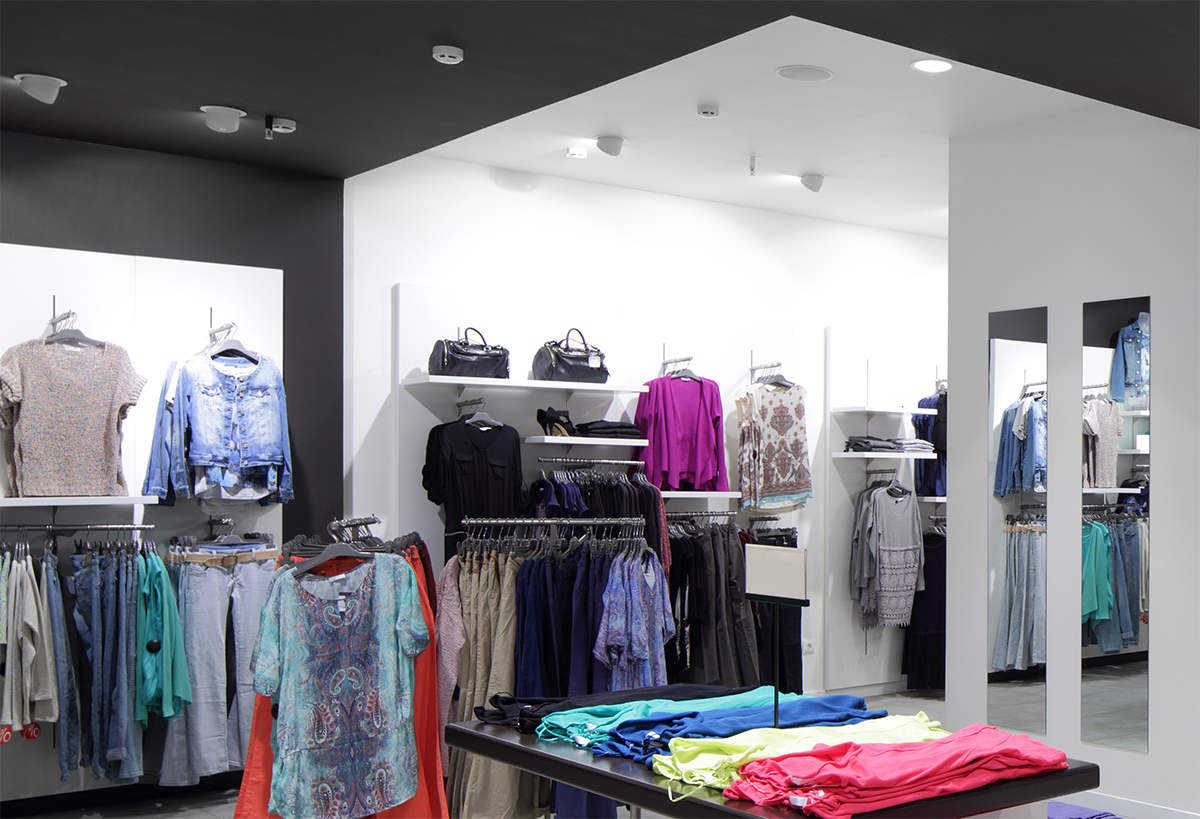
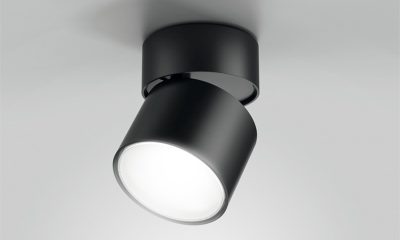
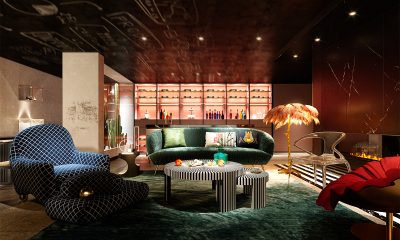

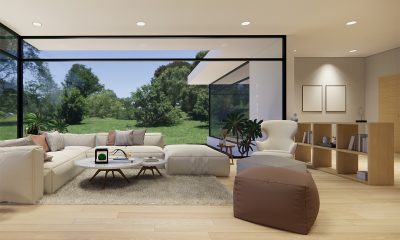
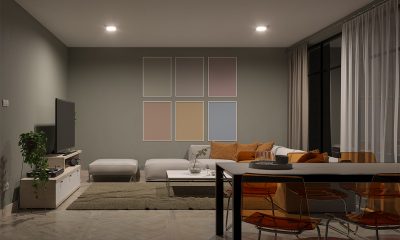

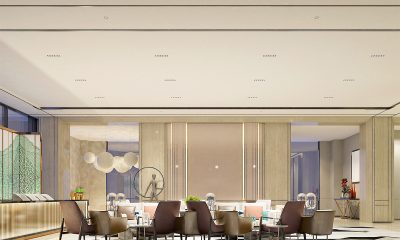
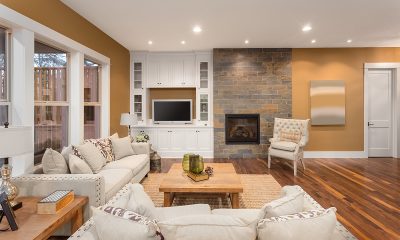
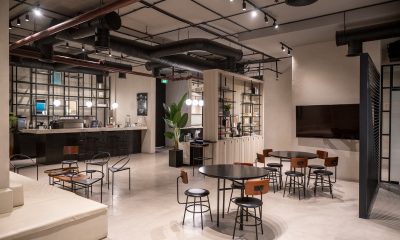
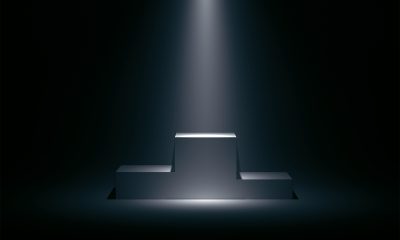

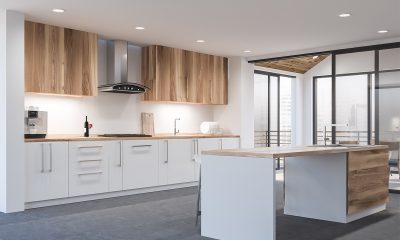





Loading...